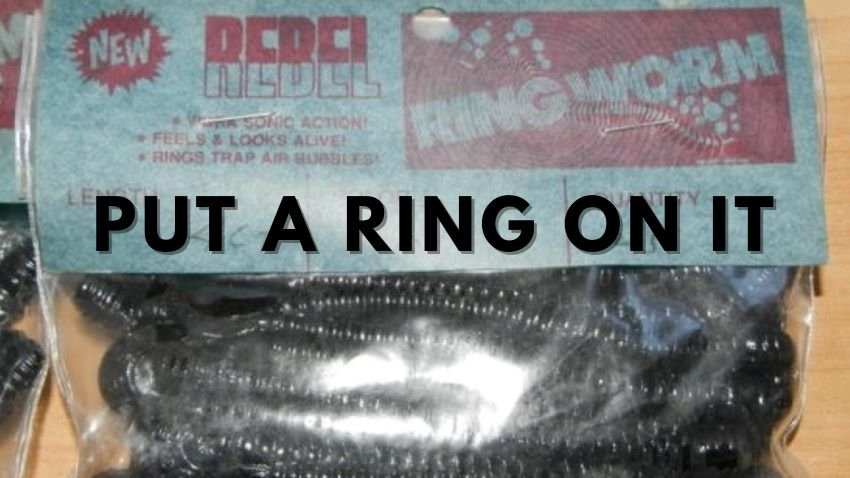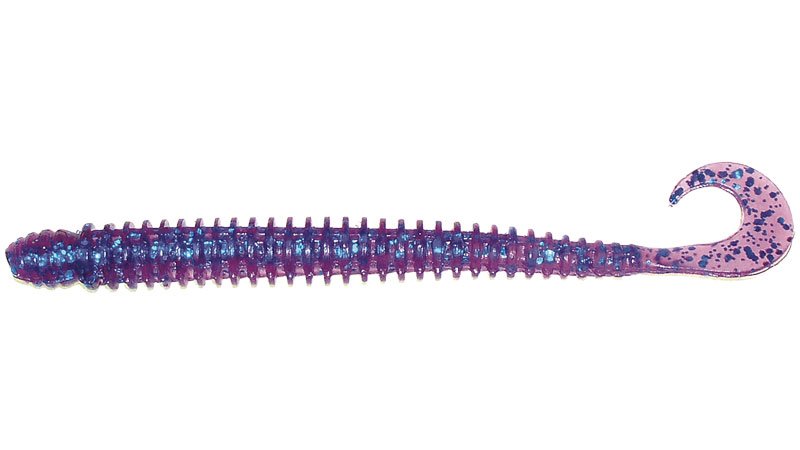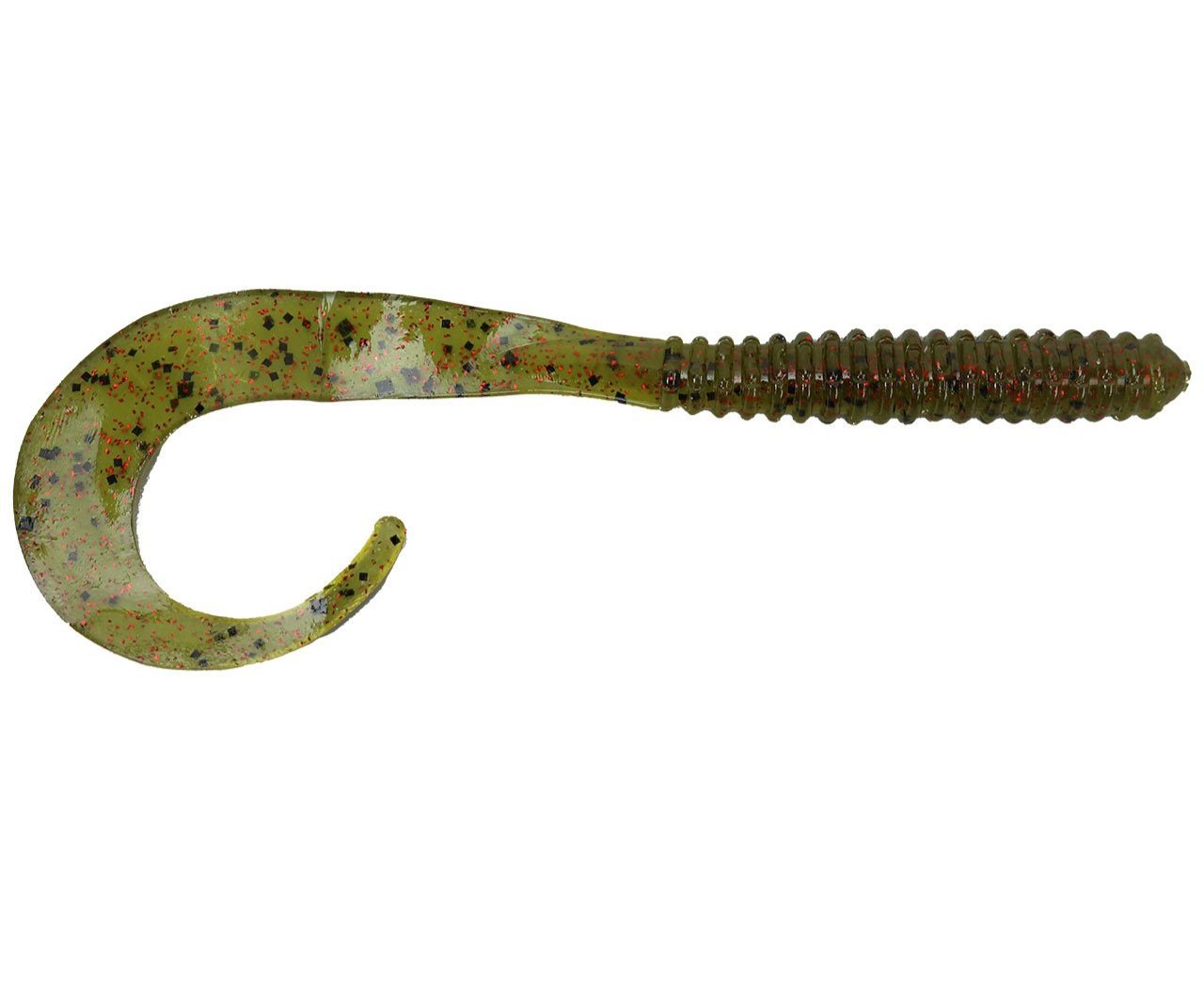Ringworms for River Bass Fishing (Updated 2025)
When I first started fishing tournaments in the mid-90s, I tried to garner whatever information I could about local waters from the regulars at Delta Tackle, a much-missed little Virginia tackle shop where all of the in-the-know anglers gathered. They not only had all of the tackle that was proven to work on local waters, but in the pre-Tackle Warehouse era they also seemed to get in the latest hot items before anyone else.
Prior to my first tournament on the Chickahominy River I walked in ready to buy something, and asked what I needed.
“The only thing you need,” said the shop owner, “Is a Texas Rigged 4-inch ringworm in brown with an orange tail.”
A bystander agreed on the lure, but not on the color. He preferred motor oil with a chartreuse tail.
With my meager budget, I bought a bag of each and went on my way. I don’t recall how I did in the tournament, but I know that I caught a lot of fish over the years – on The Chick and elsewhere – on ringworms. Then, for some reason, I stopped fishing them. The Berkley Pulse Worm, a close relative, was the replacement for a while and then I stopped fishing that one, too. Perhaps it was the Senko who pushed them away.
I certainly wasn’t the first one to have success with the lure. Look back at the Bassmaster tournament results from the mid-to-late 1970s, and you’ll see that many competitors relied heavily on the ringworm for their tournament successes.
According to an article in Bassmaster, they believed that the worm’s design provided a different sound profile than anything else available: “When pulled through the water, the thin and highly flexible rings, which are spaced about 1/8-inch apart, generate sound frequencies within a bass’ hearing range. This auditory characteristic was verified recently by scientists at two major universities. Their findings further indicated that several other well-known worms create no noise when dragged underwater.”
One of the most popular models came from Rebel, although there were others like the Action Worm. You may have trouble getting your hands on those, but there remain other good alternatives if you’d like to find these tools for tough times:
Luck-E-Strike Ring Worm
Notes on Ring Worms
My go-to colors are junebug, watermelon chartreuse, and black or black grape with a powder blue tail (if you can find them).
I’m not sure if it should be one word (ringworm) or two (ring worm) but I’d guess the fish don’t care, either.
In addition to fishing the ring worm as a standalone bait, four-time Bassmaster Classic winner Rick Clunn often uses it as a spinnerbait trailer. During his 2016 Elite Series victory on the St. Johns River, he used it in the former manner, whereas when he won there in 2019 it was as a trailer.
Chris Lane used a 7.5” version of the Luck-E-Strike worm to win an Elite event on the St. Johns in 2014 by over 14 pounds.
If you’re looking to buy these in bulk, particularly in oddball colors, like the “core shot” or “blood line” colors popular in the past, many local tackle shops have them in their “worm bars.”
Randy Blaukat put out a YouTube video arguing that in certain conditions his favorite offering is a chartreuse pepper 4-inch Dead Ringer.
I left out the Big Dead Ringer (8”) because it doesn’t fall into the same finesse range as the 3-6” curly tails.
The are, of course, a close relative of the zipper worm, which also doesn’t seem as popular as it was a couple of decades ago, even if it remains effective.









